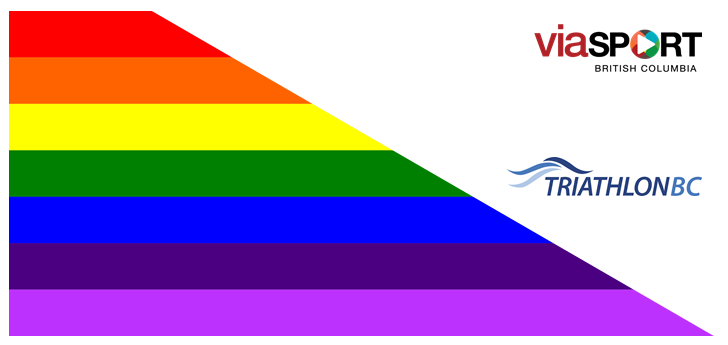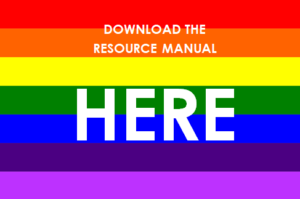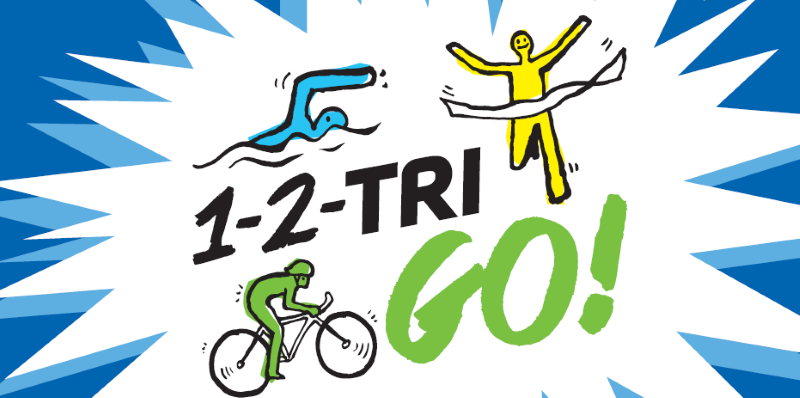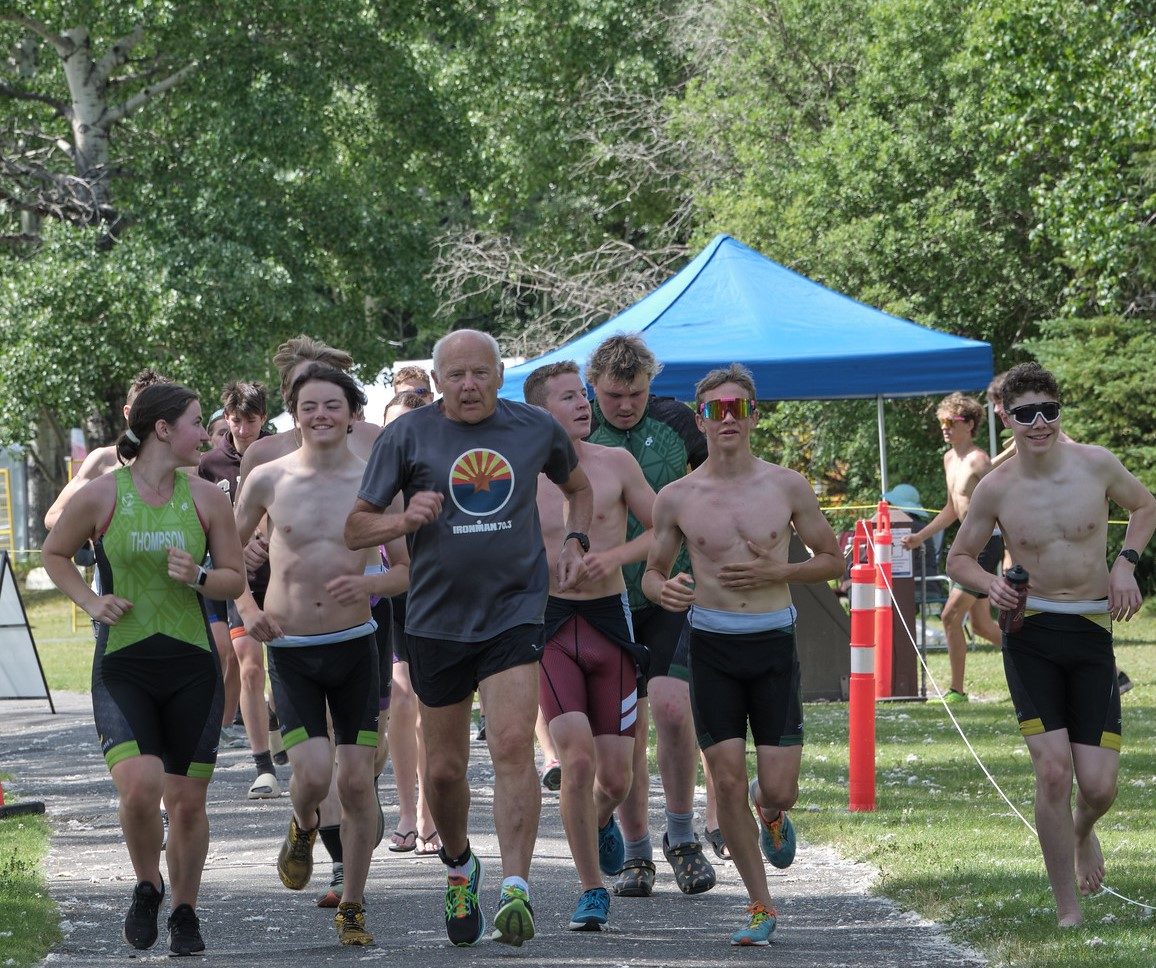As mandated by the Ministry of Tourism, Arts and Culture, viaSport is required to ensure British Columbians from every background have the opportunity to participate in sport and reach their full potential, which extends to ensuring the opportunities to participate in sport are provided in supportive environments free from harassment.
Through the newly developed LGBTQ2IS Resource Guide, viaSport seeks to identify, disseminate and educate sport leaders on the conditions required to make sport more equitable, welcoming safe and inclusive for everyone.
A recent study of BC youth indicated that gay, lesbian, and bisexual teens are half as likely to play sports as straight teens. To create more inclusive, safe and welcoming spaces for all British Columbians to participate in sport and physical activity regardless of sexual orientation, gender identity, or gender expression, viaSport is:
- Partnering with You Can Play to create public awareness around the need for inclusivity in sport and demonstrate allyship with the LGBTQI2S community
- Building capacity in the sector by helping coaches, parents, athletes and volunteers understand how to create inclusive spaces for individuals that identify with the LGBTQI2S community
- Leading an Inclusion Ambassador Program to allow individuals to stay easily connected to research, trends, and best practice recommendations in the LGBTQI2S area
FREQUENTLY ASKED QUESTIONS
Q: What does LGBTQI2S mean and why do we use it?
- A: LGBTQI2S is an umbrella terms that stands for Lesbian, Gay, Bisexual, Transgender, Queer (or Questioning), Intersex, and Two-Spirit. Our intent in selecting LGBTQI2S, as opposed to other acronyms, is to put forward the broadest definition while also remaining in line with terminology currently used by Egale and the Sport Inclusion Task Force.
Q: Where do you see this work being applied?
- A: The primary audience for these resources are the PSOs and DSOs of the B.C. Sport Sector. They were designed with B.C. and viaSport specific requirements and context in mind, and are suited to provide guidance to leaders, board members, executive directors, sport administrators working within those organizations. While the intended audience of these resources are provincial organizations, there are applications and learnings for local sport organizations, coaches and clubs that may also prove useful.
Q: What are some examples of LGBTQI2S inclusion in sport?
- A: Here are real life scenarios with provided guidance on how to best respond to each situation.





